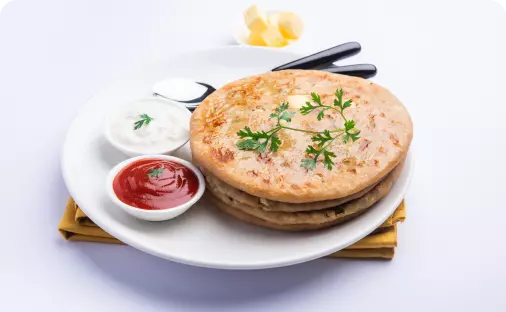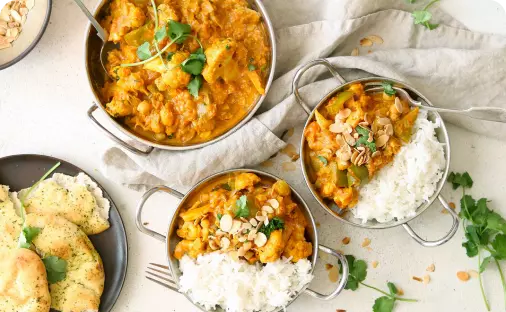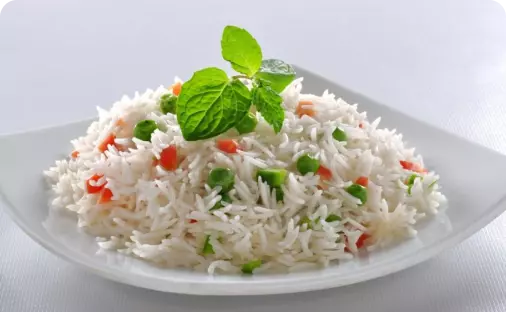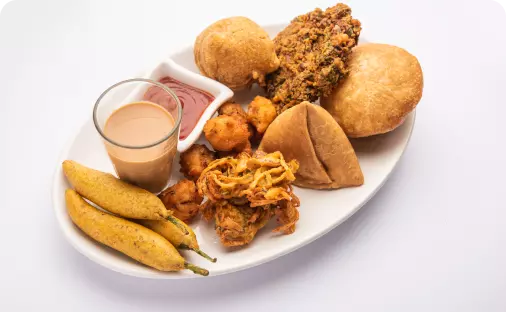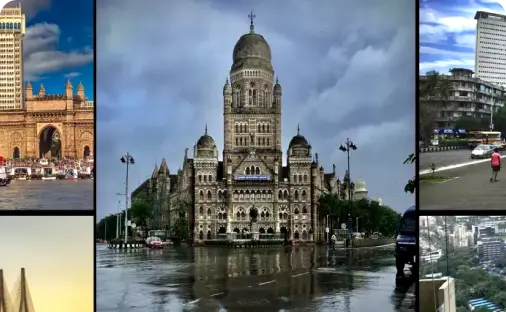Indian food, to a large extent, can be touted as an enormous number of local, regional, caste-based ingredients and methods of preparation that vary in flavors and textures. It is an identity marker of class, social order, family, association, tribe affiliation, ancestry, religiosity, culture, and of secular group identification. As diverse as Indian culture is, Indian cuisine food is better known for its spiciness and vibrant color. Although, spices are generously used throughout India, the dishes and cuisines vary to a large extent from region to region and state to state in terms of land, soil, climate, history, and tradition. Apart from imparting flavor and color, the other special characteristic of Indian spices is that each one of them carries medicinal and nutritive properties to some extent.
Indian food (Sanskrit – ‘bhojana’ ‘that which is to be enjoyed’, Hindi – ‘khana’) is like a window to get a peek inside the diverse Indian culture as well as to understand the complexities of numerous identities and ethnicities. Food is something that is of extreme significance in India and a popular topic that is studied and enjoyed as part of the Indian culture by numerous domestic and international tourism brochures. Indian cuisine, unlike other cuisines, is a medley of culinary influences and traditions from all over Asia, which, over the past decades and centuries and under the influence of several colonies, has evolved to what we get to devour at present.




